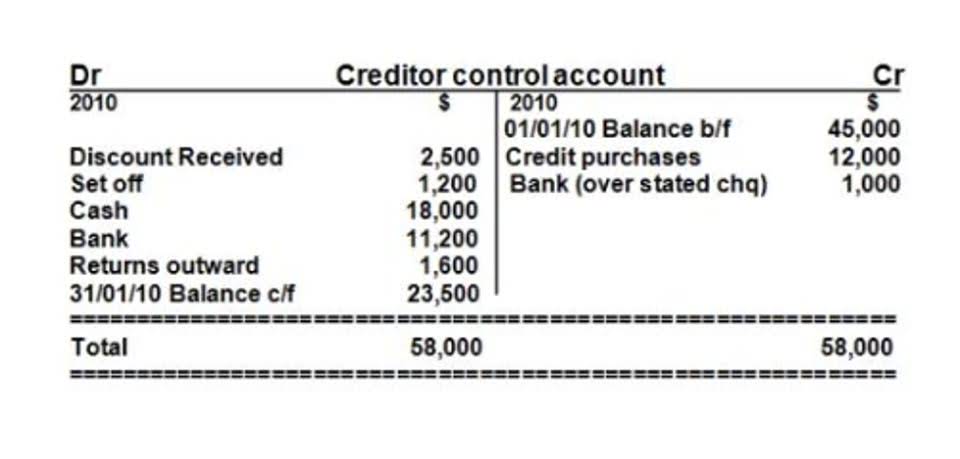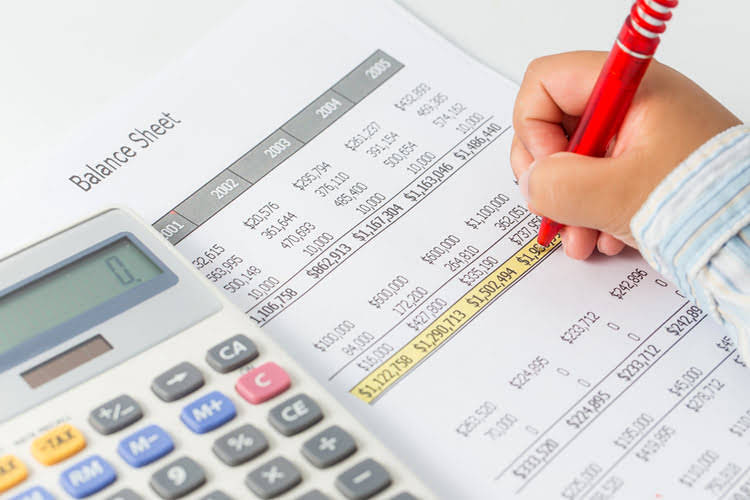
Consistent positive cash flow might be a testament to effective leadership, reflecting the team’s gym bookkeeping ability to utilize assets for cash generation strategically. Conversely, dwindling or negative CFFA might raise red flags about the company’s operational strategies. As a business owner, you should always aim to avoid negative cash flow; however, note that it’s common for small businesses and startups to deal with intermittent phases of cash flow problems. In the world of finance, efficiency and profitability are key indicators of a company’s performance.

How to Calculate Cash Flow From Assets
- By conducting thorough cash flow analysis, companies can make informed decisions to improve profitability, liquidity, and overall business success.
- This includes cash payments, revenue generation, paying expenses, and funding working capital.
- The disparity indicates that the company has increasing levels of cash flow, which, if better utilized, can lead to higher share prices in the near future.
- If you use accounting software, it can create cash flow statements based on the information you’ve already entered in the general ledger.
- To assess a company’s financial health, you have to understand its cash flow statement.
- For small businesses, Cash Flow from Investing Activities usually won’t make up the majority of cash flow for your company.
- To begin with, let’s take a closer look at the cash flow from assets statement.
One of the key advantages of CROA is its ability to highlight a company’s liquidity and solvency. Since the metric uses operating cash flow, it strips away the impact of non-cash accounting adjustments, such as depreciation, giving a more realistic picture of cash-generating capacity. This makes CROA particularly useful for comparing companies in capital-intensive industries, where traditional earnings-based metrics might not tell the full story.
- Cash flow from assets showcases how successful a company is in generating cash from its operational and investing activities.
- Investing in cash flow assets offers a way to generate more profit, often through passive income streams.
- By monitoring financing activities, businesses can optimize their financial performance and ensure stability in the face of changing market conditions.
- CROA emphasizes cash flow over accounting profits, providing a more accurate reflection of liquidity and cash-generating capacity.
- Ever stared blankly at a cash flow statement, wondering if it’s written in ancient hieroglyphics?
Why calculating cash flow is important

The cash flow statement highlights liquidity, showing whether a company can generate enough cash to sustain itself, invest in growth and meet its financial obligations. The Cash Flow to Assets Ratio is calculated by dividing the operating cash flow by the average total assets. Operating cash flow represents the cash generated from the core operations of the business, while average total assets provide a measure of the company’s asset base over a specific period. The details about the cash flow of a company are available in its cash flow statement, which is part of a company’s quarterly and annual reports.

Interpreting Cash Flow to Assets Ratio

Finding cash flow from assets is essential for businesses and investors to understand the financial health and profitability of their investments. In this article, we will explore the steps to calculate cash flow from assets and its significance, along with answering some common questions related to this topic. Operating Cash Flow (OCF) represents the cash generated by a company’s normal business operations. It indicates how much cash a company produces from its core activities before considering investments or financing.
The company’s investment strategies play a crucial role in boosting shareholder returns and achieving sustainable growth. Cash flow from assets provides valuable insights into a company’s financial performance and sustainability. Investors can use this metric to assess the company’s ability to generate cash, evaluate the return on investments, and make informed investment decisions.
- However, it indirectly affects the amount of tax paid, which influences the NOPAT used in the calculation.
- Let’s consider two hypothetical companies, Company A and Company B, operating in the same industry.
- In conclusion, calculating cash flow from assets is crucial for making informed financial decisions.
- Cash flow from assets (often abbreviated as “CFFA”) refers to the total cash flow generated by a company’s assets, not taking into account cash flow from financing activities.
- For example, rather than operating on net 15 payment terms, you could push to operate on net 30 payment terms, giving yourself more time to pay, which can improve your cash flow.
Financing activities may include borrowing, repaying debt, issuing or repurchasing stock, and paying dividends. It provides insights into how a company raises capital and manages its financial structure. Effective cash flow forecasting techniques are essential in projecting how these financing activities will impact the company’s financial health in the short and long term. No, cash flow from assets represents only a portion of a company’s overall cash flow, focusing mainly on operating and investment activities. Financing activities, such as issuing or repaying debt or equity, are not included how to find cash flow from assets in this metric.
Calculate Cash Flows from Investing Activities
The Cash Flow to Assets https://beyondstreams.co.za/2022/02/17/are-expenses-liabilities-on-a-balance-sheet/ ratio is a valuable tool for assessing a company’s financial health and sustainability. It helps investors evaluate the company’s ability to generate cash flow to support its operations, repay debts, and invest in future growth opportunities. This guide breaks down how to build one from your balance sheet and income statement using the indirect method. To prepare the cash flow from investing activities, summarize all cash inflows and outflows related to investments.
How to calculate free cash flow
These include operating cash flows, investment cash flows, and financing cash flows. Accurate calculations are vital for making informed financial decisions and ensuring the freedom to grow your wealth. This section of the cash flow statement shows how cash flows from a company’s core business operations, and whether the company can sustain itself without external financing. What makes a cash flow statement different from your balance sheet is that a balance sheet shows the assets and liabilities your business owns (assets) and owes (liabilities). The cash flow statement simply shows the inflows and outflows of cash from your business over a specific period of time, usually a month. A cash flow statement tells you how much cash is entering and leaving your business in a given period.
